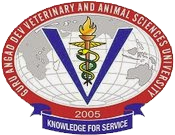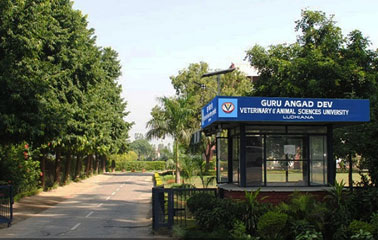

Wildlife traditionally refers to non-domesticated animal species, but has come to include all plants, fungi and other organisms which grow or live wild in an area without being introduced by humans Dr Kirti Dua, Incharge Wild life Centre and Professor Veterinary Medicine, Guru Angad Dev Veterinary And Animal Sciences University, Ludhiana said that India is among the twelve mega biodiversity countries of the world having rich heritage of exclusive, fascinating and diverse ecosystem.India is having 7.6% of mammals, 12.6% of birds, 6.2% of birds. 4.4% of amphibians and 11.7% of the fish population of the world.Due to the intense land pressure and shrinking forest land in the country, a decrease in the wild life population has observed to the extent that some species have already been extinct. In the last 150 years, we have lost nearly 93% of the tiger population in the country and at present around 2000 tigers are left in the country. If we still not careful in the wild life conservation, our future generations will have only the photographs of the wild animals. Similarly during the 18th, 19th and the first half of the 20th centuries, blackbuck was the most hunted wild animal all over India. Today the blackbuck population is confined in isolated pockets in the country. He said that wildlife study is part of veterinary education curriculum and we also discussed these issues in national and international forums.
Keeping in view the alarming decrease in the wild life population globally on 20 December 2013, the United Nations General Assembly (UNGA) decided to proclaim 3 March, as World Wildlife Day.;This day is an opportunity to celebrate the many beautiful and varied forms of wild fauna and flora and to raise awareness of the multitude of benefits that conservation provides to people. At the same time, the day reminds us of the urgent need to step up the fight against wildlife crime, which has wide-ranging economic, environmental and social impacts.
The theme of 2016 world wild life day is “The future of wildlife is in our hands”. For this we need to give emphasis on community based natural resource management. We have an excellent example of this at Abohbar wild life sanctuary, which is privately owned wild life sanctuary and is the only example in the country. There are few villages of Bishnoi community, who are virtually caretakers of nearly 4000 black bucks. This model can be followed in many parts of the country for the wild life conservation, so that our future generations too can inherit beautiful creatures of the nature. In this concern, GADVASU is planning to hold seminar and workshop on Wild life health and Management in this month by the leading wild life expert from the country.
